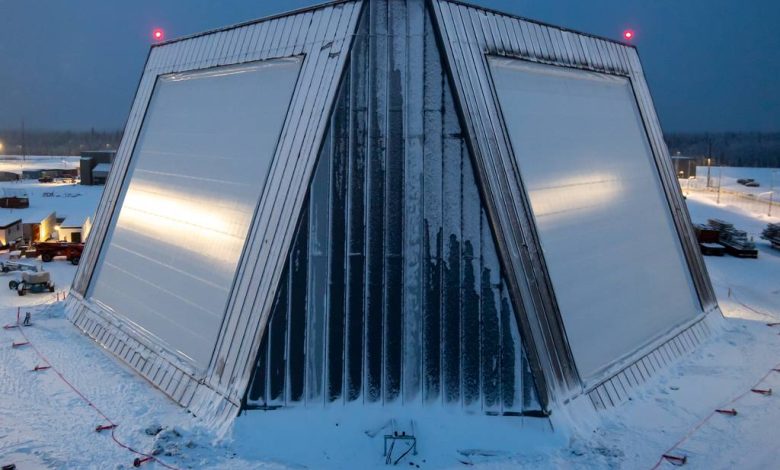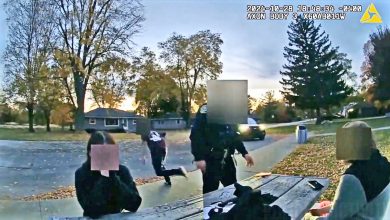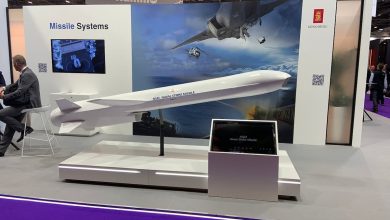Key homeland defense radar test is back on the calendar after anomaly

HUNTSVILLE, Ala. — A key test intended to demonstrate the Missile Defense Agency’s Long-Range Discrimination Radar’s capabilities against a live ballistic missile target has beens scheduled for 2025 after the original test was stopped a year ago.
The prospective date follows an aborted test late summer that ran into a “target anomaly,” Missile Defense Agency Director Lt. Gen. Heath Collins told Defense News in an interview at the Space and Missile Defense Symposium here earlier this month. That problem left the part of the test meant to track the simulated incoming missile unfinished.
The agency’s “biggest concern” was to get the radar situated at Clear Space Force Base, Alaska, into operations faster, Collins said. “We did do a track [exercise] the next month with another target that was … not as complicated a target set and it worked very well.”
Once fully operational, Lockheed Martin-developed LRDR will be able to simultaneously search and track multiple small objects, including all classes of ballistic missiles at long ranges under continuous operation and will be tied into the Ground-Based Midcourse Defense system and the Command and Control, Battle Management and Communications system. The GMD complex is designed to protect the continental U.S. from intercontinental ballistic missile threats from North Korea and Iran.
Beyond missile defense, LRDR will also support space domain awareness by monitoring space activity like satellites orbiting the earth, spent rocket bodies and fragmentation debris. And while not an official requirement, a software upgrade could give LRDR hypersonic weapon detection and tracking capability.
Once the major test is complete in 2025, Collins said, it “will inform the operational decision to add it into the operational baseline for ballistic missile defense of the homeland,” he said.
Formal operational acceptance of the LRDR by the U.S. Space Force was planned to occur by the end of 2023 prior to the canceled 2023 test event.
The LRDR program also experienced delays leading up to its initial fielding in December 2021, which ultimately occurred a year later than planned, due to the coronavirus pandemic. MDA had to stop all construction and integration activities for LRDR when the coronavirus began spreading in the U.S. in March 2020. The program went into “caretaker status,” meaning just a small group sayed at the site to ensure the materials were protected from the elements.
Jen Judson is an award-winning journalist covering land warfare for Defense News. She has also worked for Politico and Inside Defense. She holds a Master of Science degree in journalism from Boston University and a Bachelor of Arts degree from Kenyon College.







